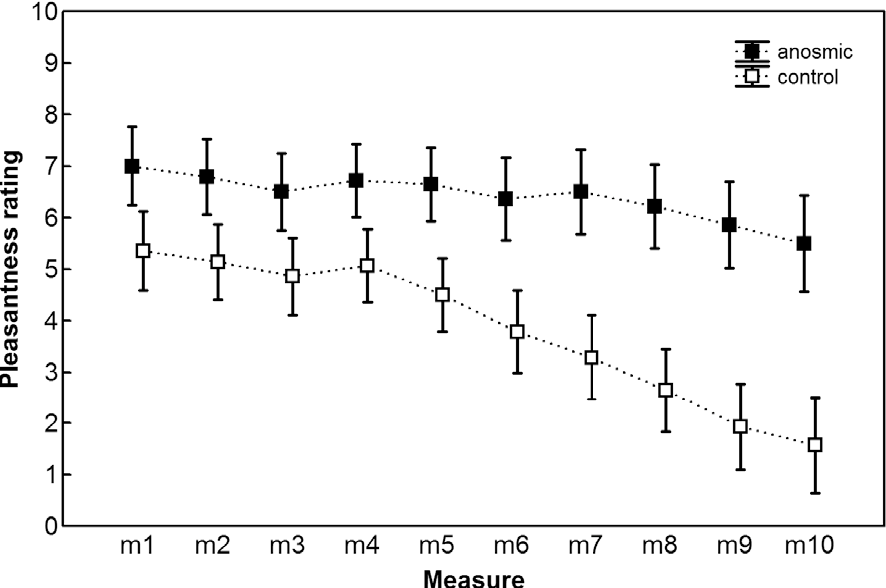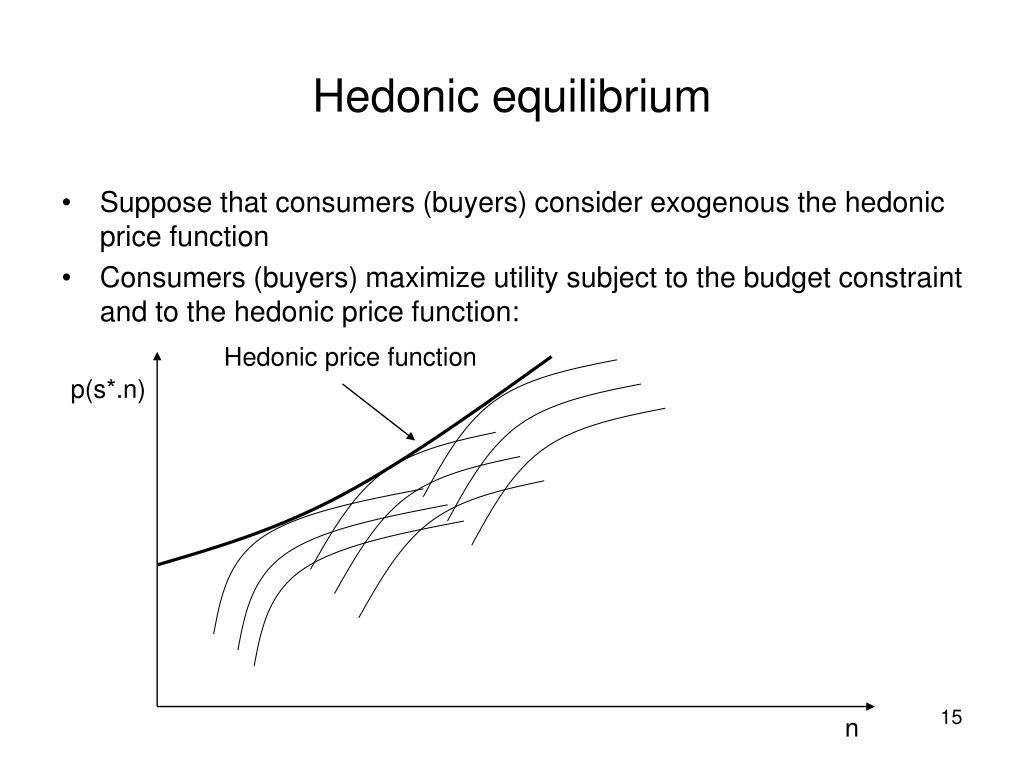

Organisms need to sense and adapt to their environment in order to survive. We provide evidence for a feature-based map in the LH, and elucidate its role as the center for integrating behaviorally relevant olfactory information. Moreover, functional imaging disclosed a LH region tuned to repulsive odors comprised exclusively of third-order neurons. Silencing iPNs severely diminished flies' attraction behavior. We demonstrate that iPNs are subdivided into two morphological groups encoding positive hedonic valence or intensity information and conveying these features into separate domains in the LH. We characterized an olfactory-processing pathway, comprised of inhibitory projection neurons (iPNs) that target the LH exclusively, at morphological, functional and behavioral levels.

We analyzed how different odor features such as hedonic valence and intensity are functionally integrated in the lateral horn (LH) of the vinegar fly, Drosophila melanogaster. From that primary neural code relevant information has to be extracted for accurate navigation. To internally reflect the sensory environment, animals create neural maps encoding the external stimulus space.


 0 kommentar(er)
0 kommentar(er)
